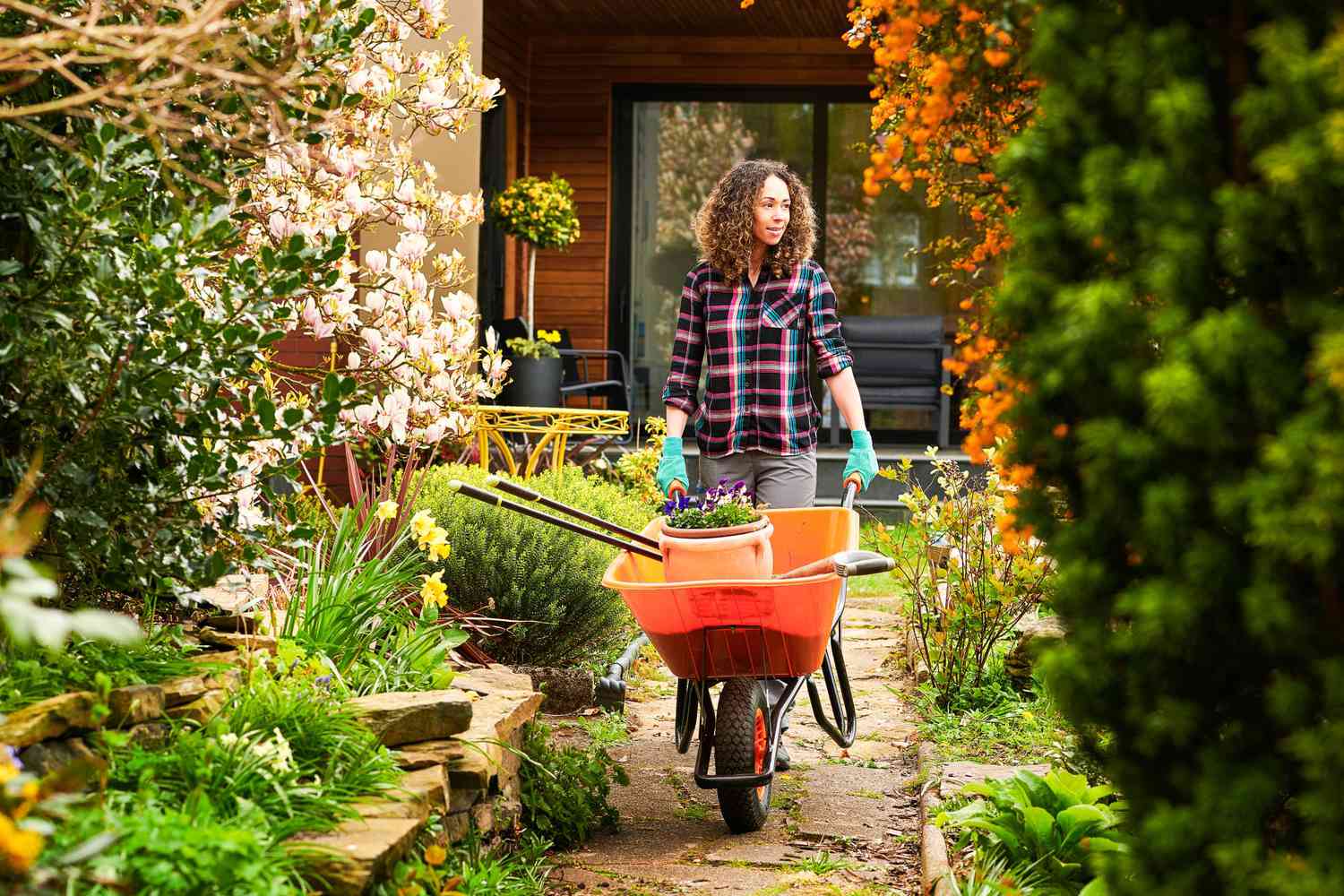

Articles
What Garden Zone Am I
Modified: December 6, 2023
Discover which garden zone you belong to and get expert gardening tips and advice. Find the perfect plants for your specific garden zone and start gardening like a pro.
(Many of the links in this article redirect to a specific reviewed product. Your purchase of these products through affiliate links helps to generate commission for Storables.com, at no extra cost. Learn more)
Introduction
Gardening is a beloved hobby for many people around the world. Whether you have a green thumb or are a beginner looking to dive into the world of plants and flowers, understanding your garden zone is crucial for successful gardening. Your garden zone determines the specific climate conditions and temperature ranges in your area, helping you choose the appropriate plants and care for them accordingly.
In this article, we will explore the concept of garden zones, the factors that affect them, and how to determine your specific garden zone. We will also take a look at some common garden zones in the United States and explore other garden zones around the world. By the end, you will have a better understanding of your own garden zone and be well-equipped to create a thriving garden.
Key Takeaways:
- Discovering your garden zone is essential for successful gardening. Understanding factors like latitude, altitude, and weather patterns helps you choose the right plants for your specific climate conditions.
- Embracing your garden zone empowers you to create a thriving garden. By considering factors like proximity to water and local temperature data, you can select plants that will flourish in your unique climate.
Read more: Why Am I Allergic To Grass Pollen
Understanding Garden Zones
Garden zones, also known as hardiness zones, are determined based on the average minimum winter temperatures in different regions. These zones help gardeners determine which plants are most likely to thrive and survive in their specific area. The United States Department of Agriculture (USDA) developed a widely used system called the USDA Plant Hardiness Zone Map, which divides the country into 13 different zones based on temperature ranges.
Each garden zone is designated by a number and a letter, such as Zone 5a or Zone 9b. The number indicates the average annual minimum temperature in the zone, while the letter provides further refinement for regions with slightly different temperature conditions. For example, Zone 5a has a different temperature range than Zone 5b.
It is important to note that garden zones only consider minimum temperatures and do not take other climate factors, such as rainfall or humidity, into account. However, minimum temperatures have a significant impact on plant survival, as extreme cold can damage or kill plants that are not suited to the cold hardiness of a particular zone.
Understanding your garden zone is crucial for selecting plants that are best suited to the climate conditions in your area. By choosing plants that are well-adapted to your garden zone, you increase the chances of successful growth and reduce the risk of plant damage or failure.
Factors Affecting Garden Zones
Several factors contribute to the formation and variation of garden zones. Understanding these factors can provide insights into why certain areas have specific temperature ranges and climates that determine their garden zones. Here are some of the key factors:
- Latitude: The distance from the equator plays a significant role in determining garden zones. Generally, areas closer to the equator have warmer climates, while those farther away experience colder temperatures. This is why tropical regions have different garden zones than polar regions.
- Altitude: Elevation or altitude influences temperature patterns. Higher elevations often have cooler temperatures due to thinner air, which can correlate to different garden zones. For example, mountainous regions may have cooler zones compared to nearby low-lying areas.
- Proximity to Bodies of Water: Large bodies of water, such as oceans or lakes, can significantly influence temperature ranges. Coastal areas tend to have more moderate climates, while inland regions may experience larger temperature variations.
- Topography: The physical characteristics of the land, such as mountains, hills, and valleys, can impact temperature and climate. For example, valleys may experience temperature inversions where cooler air gets trapped, resulting in different garden zones compared to surrounding areas.
- Weather Patterns: Climate systems and prevailing winds can also affect garden zones. For instance, areas influenced by warm ocean currents may have milder winters, while regions affected by cold air masses may have more severe winters.
It is worth noting that while these factors play a significant role in determining garden zones, microclimates can exist within a larger zone. Factors such as the direction of sunlight, wind patterns, and urban heat islands can create localized variations in temperature and weather conditions.
By considering these factors, you can gain a better understanding of why garden zones differ across various regions and how they can impact your gardening endeavors. It’s important to research and take into account the specific characteristics of your own garden zone to ensure the success of your plants.
Determining Your Garden Zone
Knowing your specific garden zone is essential for selecting plants that will thrive in your climate and ensure a successful garden. Here are some methods you can use to determine your garden zone:
- USDA Plant Hardiness Zone Map: The USDA Plant Hardiness Zone Map is a valuable tool for determining your garden zone in the United States. The map divides the country into different zones based on average minimum winter temperatures. To use the map, locate your region on the map and identify the corresponding zone number and letter.
- Online Zone Finder: There are various online resources available that allow you to enter your zip code or location to determine your garden zone. These tools utilize the USDA Plant Hardiness Zone Map data and provide you with the specific zone information for your area.
- Consulting Local Gardening Experts: Local gardening experts, such as nursery professionals or master gardeners, have extensive knowledge about the specific gardening conditions in your area. They can provide insights into your garden zone and offer recommendations for suitable plants that thrive in your region.
- Observing Local Gardening Practices: Take a look at the plants that are commonly grown in your area and observe the gardening practices of your neighbors. This can provide clues about the typical garden zone in your region. Additionally, local gardening clubs or forums can be valuable resources for interacting with experienced gardeners in your area.
- Recording Temperature Data: Keep a record of the lowest winter temperatures in your area over a period of time. By tracking and analyzing this data, you can gain insights into your garden zone and determine the suitable plants to cultivate based on the lowest temperatures you typically experience.
By using one or a combination of these methods, you can determine your garden zone and have a better understanding of the climate conditions that influence your gardening efforts. Remember, knowing your garden zone is just the first step towards creating a successful garden. You still need to consider other factors like soil conditions and sunlight exposure when selecting and caring for plants.
Check the USDA Plant Hardiness Zone Map to determine your garden zone based on average annual minimum winter temperature. This will help you choose the right plants for your area.
Common Garden Zones in the United States
The United States is a vast country with diverse climates, resulting in a wide range of garden zones. Here are some of the most common garden zones found throughout the country:
- Zone 3: This zone covers areas with long, cold winters and short, cool summers. It includes parts of Alaska, northern Minnesota, and high-elevation regions in the Rocky Mountains. Plants suitable for Zone 3 must be extremely cold-hardy.
- Zone 6: Zone 6 experiences mild to moderately cold winters and warm summers. It includes regions like central Kansas, Missouri, and parts of the mid-Atlantic states. A wide variety of plants, both cold-tolerant and heat-tolerant, can thrive in Zone 6.
- Zone 9: Zone 9 encompasses areas with mild winters and hot summers. It includes southern Texas, Florida, and parts of Arizona and California. Many tropical and subtropical plants, including citrus trees and palm trees, thrive in Zone 9.
- Zone 4: This zone is characterized by cold winters and relatively short, cool summers. It covers regions like northern Montana, western North Dakota, and portions of New England. Gardeners in Zone 4 need to focus on selecting plants with good cold tolerance.
- Zone 7: Zone 7 features mild winters and warm summers. It includes areas like Virginia, Tennessee, and parts of the Pacific Northwest. A wide variety of plants, including both warm-season and cool-season crops, can be grown successfully in Zone 7.
- Zone 10: Zone 10 experiences mild winters and hot, humid summers. It covers southern Florida, southern Texas, and parts of Hawaii and Puerto Rico. This zone is ideal for growing tropical and subtropical plants, as well as heat-loving crops.
These are just a few examples of the common garden zones found in the United States. It’s important to remember that within each zone, there can be localized variations due to factors such as elevation, proximity to bodies of water, and microclimates created by urban heat islands or specific terrain features.
By understanding your specific garden zone, you can select plants that are best adapted to your climate and increase your chances of gardening success. It’s always a good idea to consult local gardening resources or experts for more specific information regarding your garden zone and recommendations for suitable plants.
Read more: Why Am I Allergic To Air Conditioning
Other Garden Zones Around the World
Garden zones exist not only in the United States but also in various countries around the world. These garden zones help gardeners understand the climate and temperature conditions specific to their regions. Let’s explore some of the other garden zones found internationally:
- United Kingdom: The United Kingdom has a temperate maritime climate influenced by its proximity to the Atlantic Ocean. It is divided into several garden zones, ranging from Zone 7 in the south to Zone 9 in the Isles of Scilly. The relatively mild temperatures allow for a wide variety of plantings, including many cottage garden favorites.
- Australia: Australia has a diverse range of climates, resulting in different garden zones across the country. The zones range from cool-temperate in the south to tropical in the northern parts. Each region has its own unique challenges and opportunities for gardening.
- Canada: Canada experiences a wide range of climates, from the subarctic regions in the north to the temperate climates in the southern parts. The country is divided into several garden zones, with Zone 3 being the coldest and Zone 9 being the warmest. Gardeners in Canada face challenges such as short growing seasons and extreme cold, but there are also opportunities for growing a variety of cold-hardy plants.
- China: China has a diverse climate due to its vast size and varying geography. The country is characterized by several garden zones, ranging from subtropical in the south to subarctic in the north. These garden zones influence the types of plants that can be grown in different regions, with a wide variety of fruits, vegetables, and ornamental plants found throughout the country.
- South Africa: South Africa has a Mediterranean climate, which is characterized by warm, dry summers and cool, wet winters. The country is divided into several garden zones, with Zone 10 in the coastal regions and Zone 5 in the high-altitude areas. The diverse climate allows for the cultivation of a wide range of indigenous and exotic plants.
These are just a few examples of garden zones found in various countries around the world. Each country has its own unique climate patterns and factors that influence its garden zones. It is important for gardeners to understand and adapt to their specific garden zone when selecting plants and implementing successful gardening practices.
By considering the different garden zones around the world, gardeners can gain a broader perspective on how climate influences gardening and discover new and exciting plants and techniques from different regions.
Conclusion
Garden zones play a vital role in successful gardening. Understanding your garden zone allows you to select the right plants that are well-suited to your specific climate conditions. By considering factors such as latitude, altitude, proximity to bodies of water, topography, and weather patterns, you can determine the unique characteristics of your garden zone.
In the United States, the USDA Plant Hardiness Zone Map provides a valuable resource for identifying your garden zone. This map divides the country into different zones based on average minimum winter temperatures. Other countries around the world also have their own systems for categorizing garden zones, reflecting the diverse climates and landscapes found internationally.
Knowing your garden zone empowers you to choose plants that will thrive in your area, ensuring the success of your garden. It allows you to make informed decisions about which crops, flowers, trees, and shrubs will flourish and withstand the specific temperature ranges and climate conditions of your region.
It is important to remember that while garden zones provide valuable guidance, they are not the only factor to consider in gardening. Other factors such as soil type, sunlight exposure, and rainfall patterns also influence plant growth and health. Additionally, microclimates can exist within a garden zone, creating localized variations in temperature and weather conditions.
By combining your knowledge of your garden zone with other gardening practices and techniques, you can create a thriving and beautiful garden. Consulting with local experts, observing local gardening practices, and experimenting with different plant varieties will further enhance your gardening success.
So, whether you’re a gardening enthusiast or just starting your gardening journey, understanding your garden zone is key. Embrace the unique climate conditions of your region, select the right plants, and embark on a wonderful journey of growing and nurturing a garden that thrives and brings joy to your life.
Frequently Asked Questions about What Garden Zone Am I
Was this page helpful?
At Storables.com, we guarantee accurate and reliable information. Our content, validated by Expert Board Contributors, is crafted following stringent Editorial Policies. We're committed to providing you with well-researched, expert-backed insights for all your informational needs.
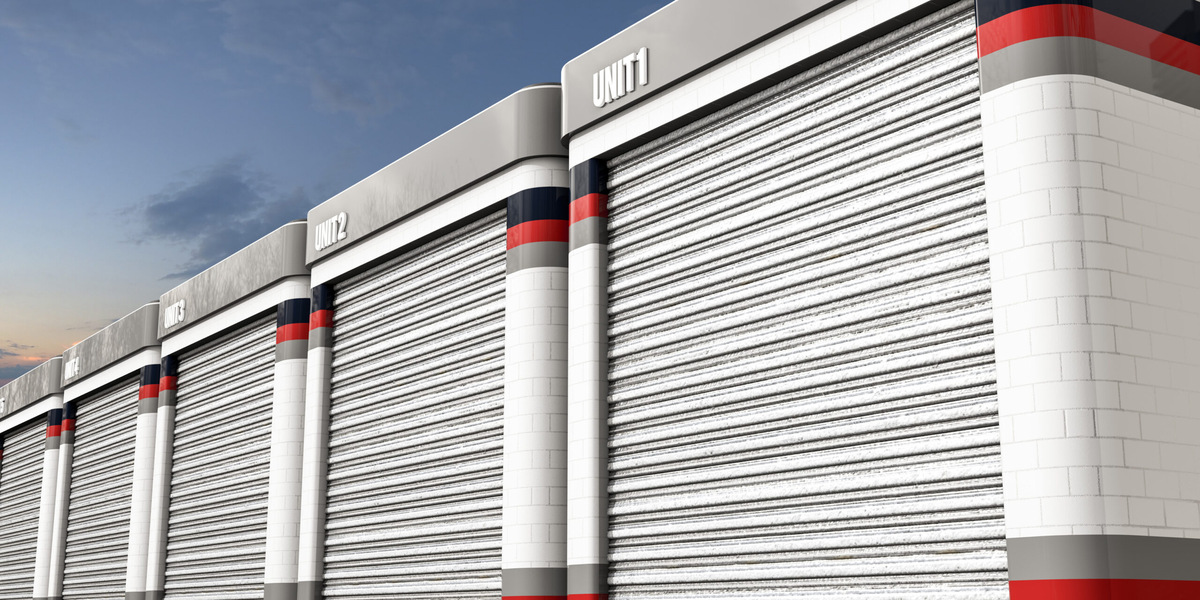

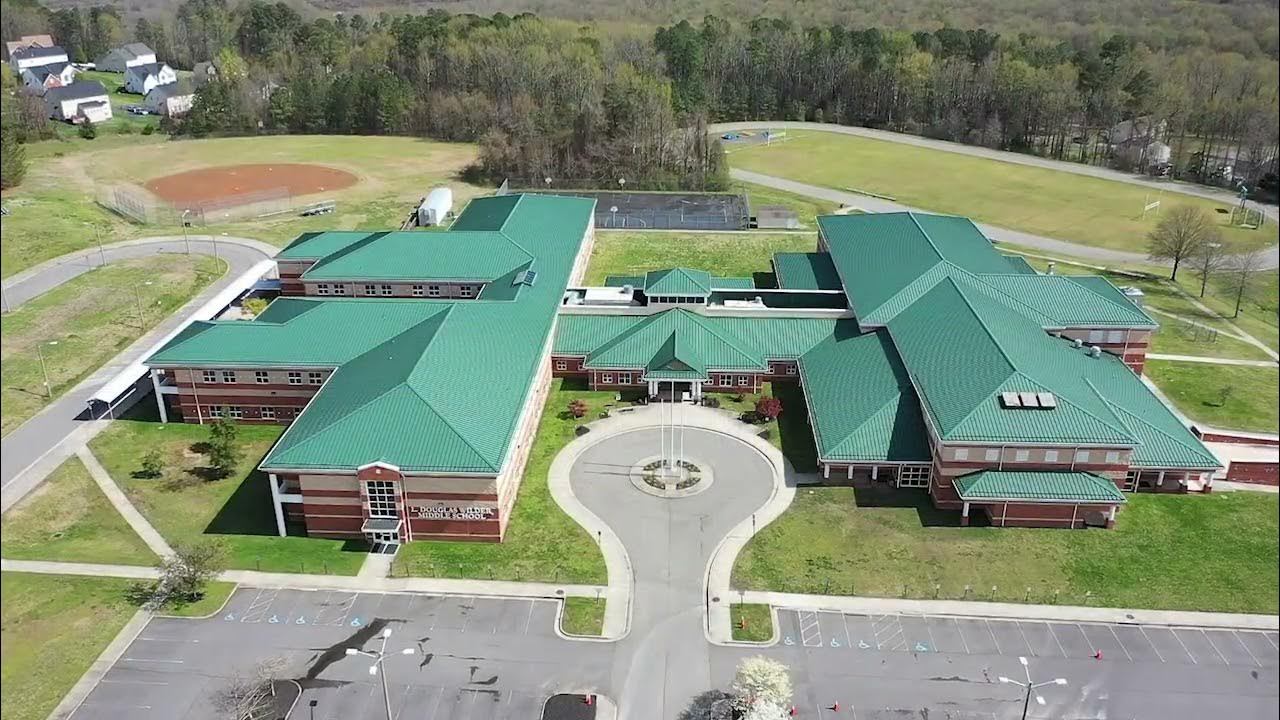
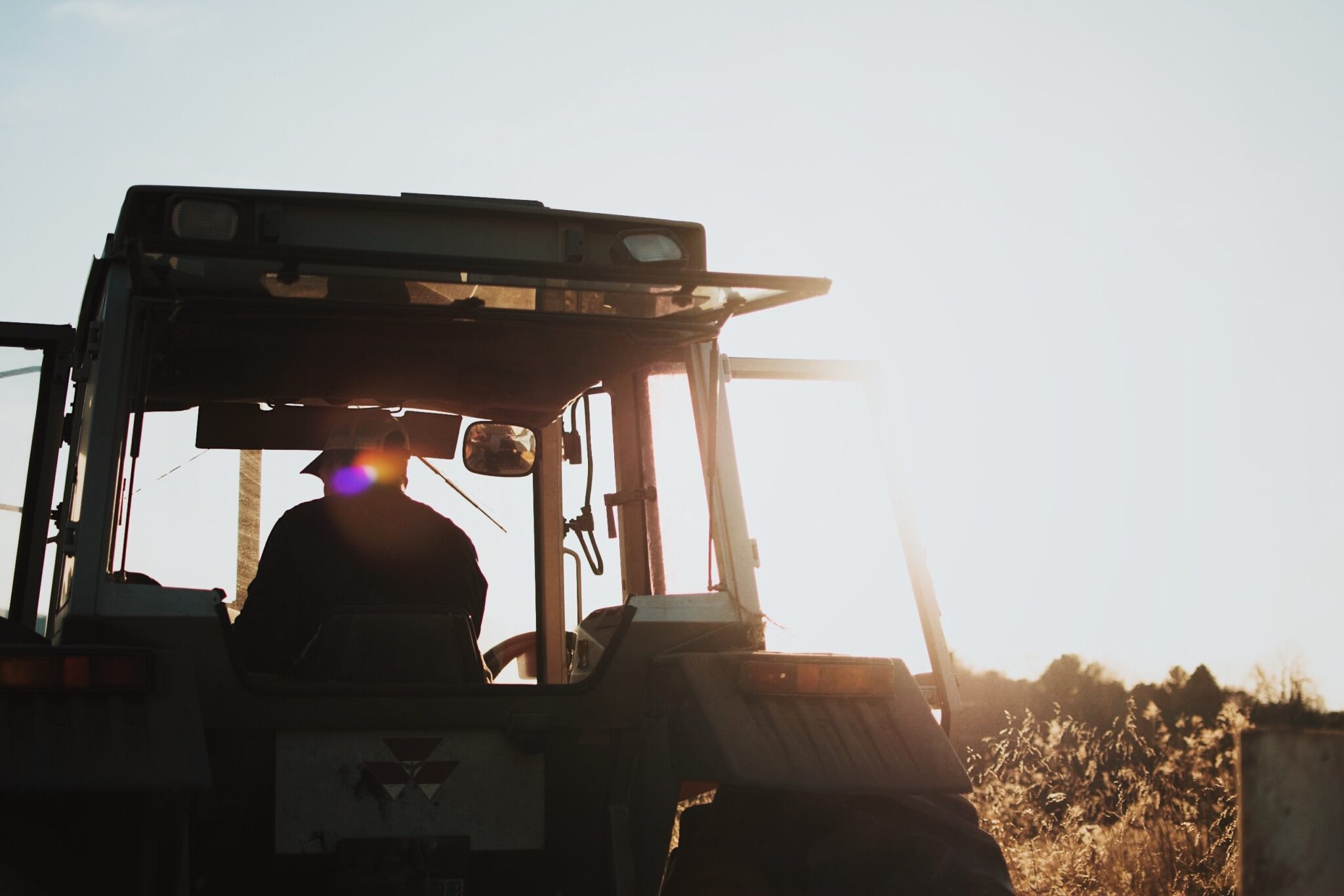

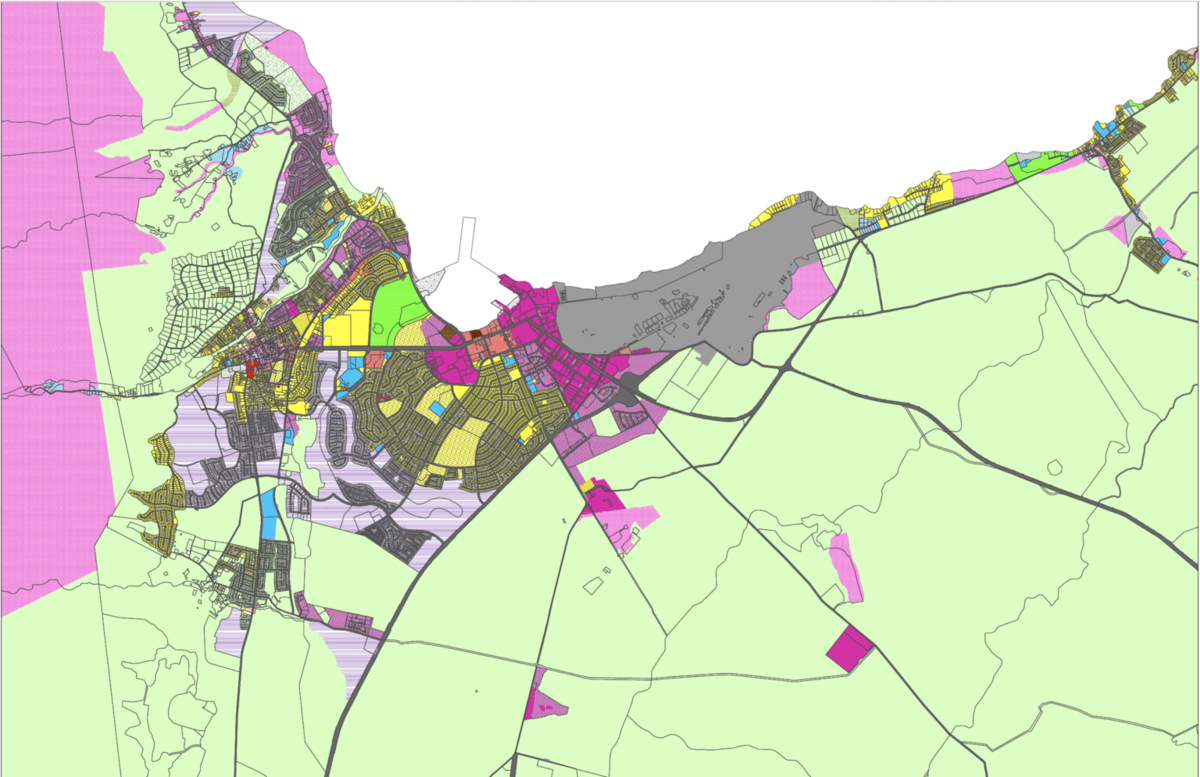

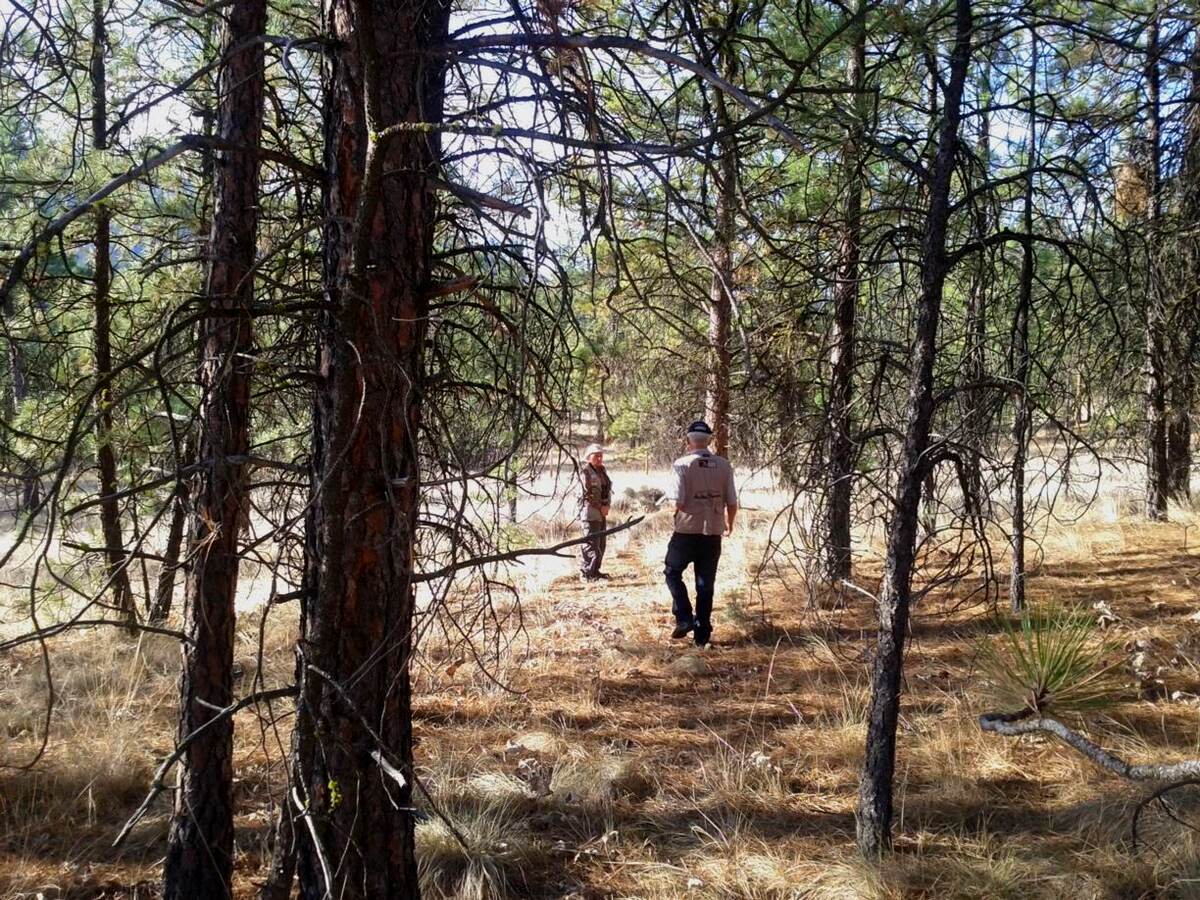

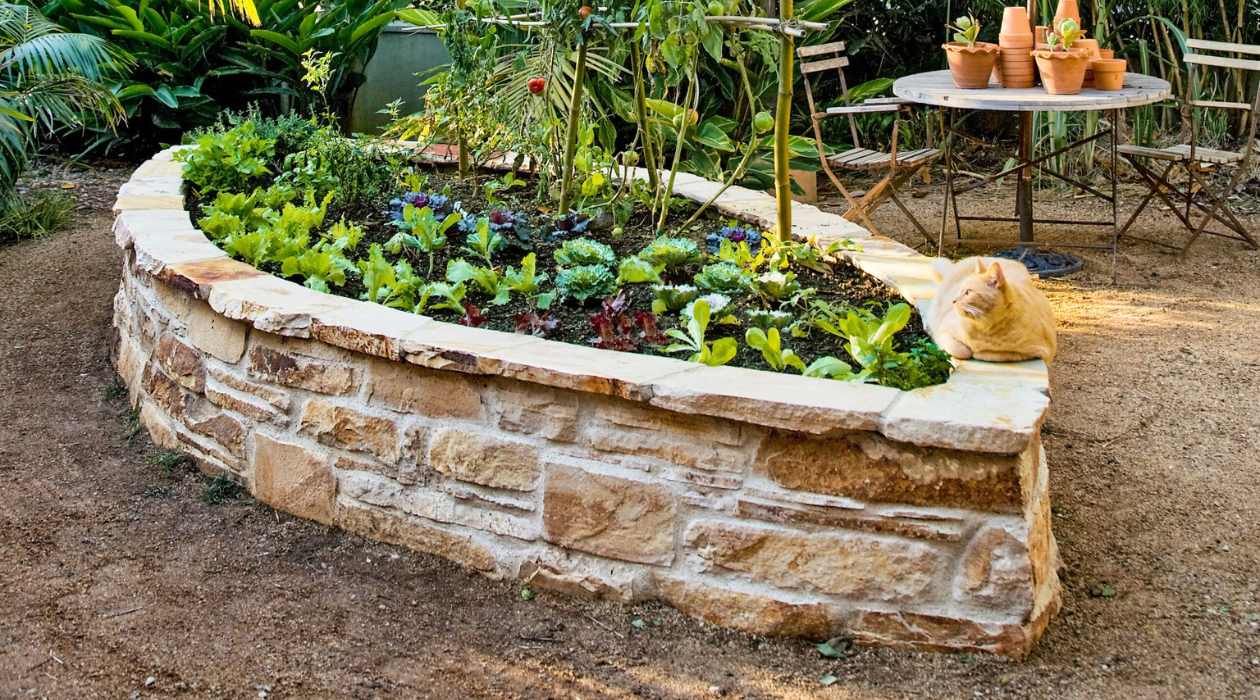
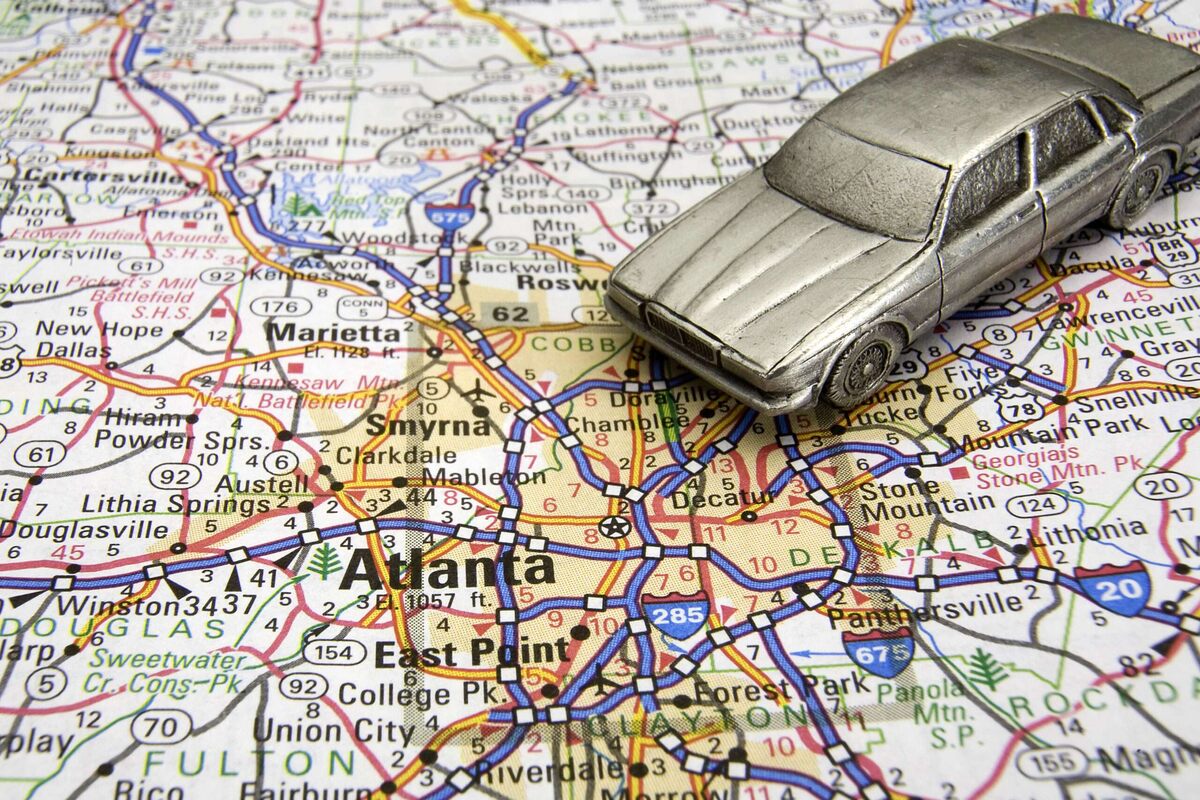
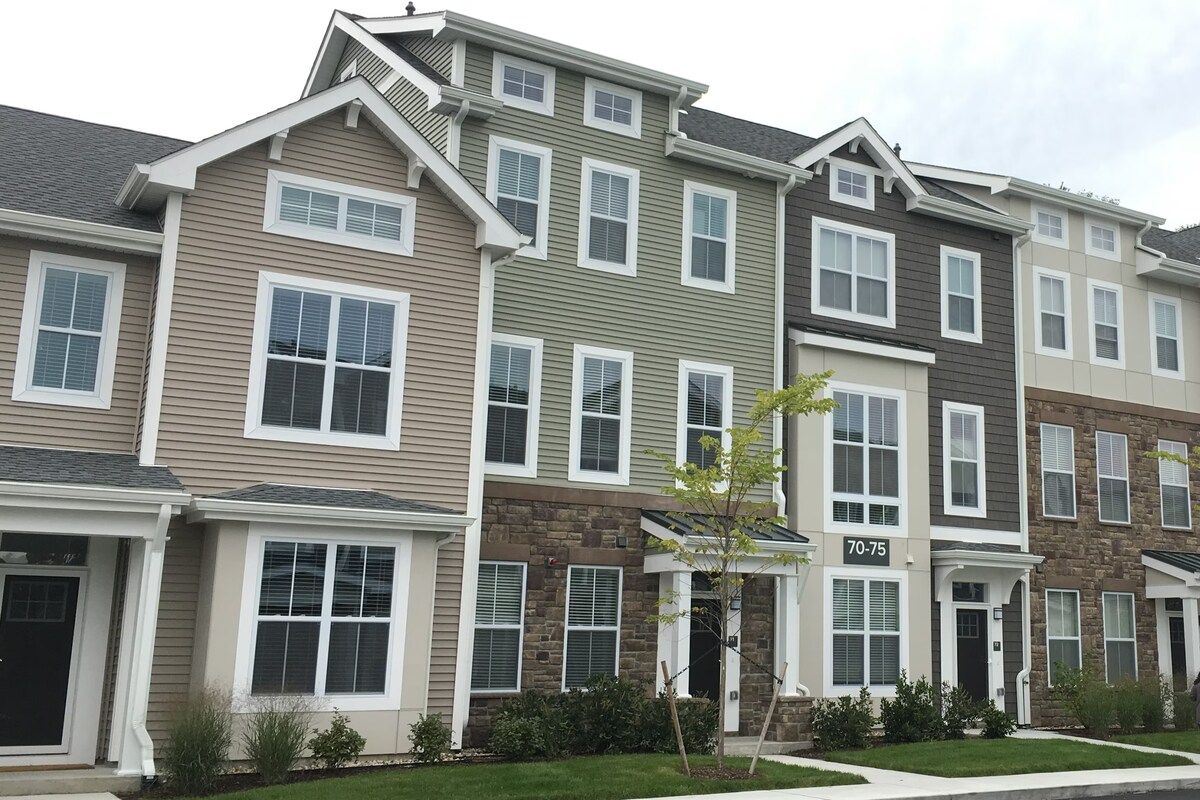
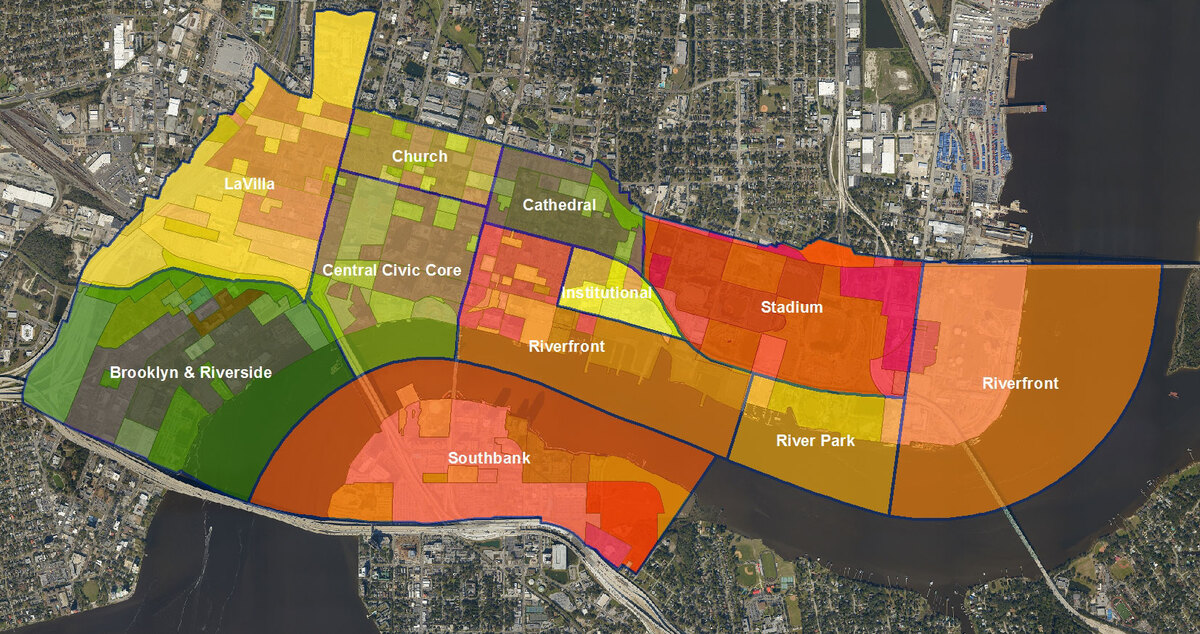
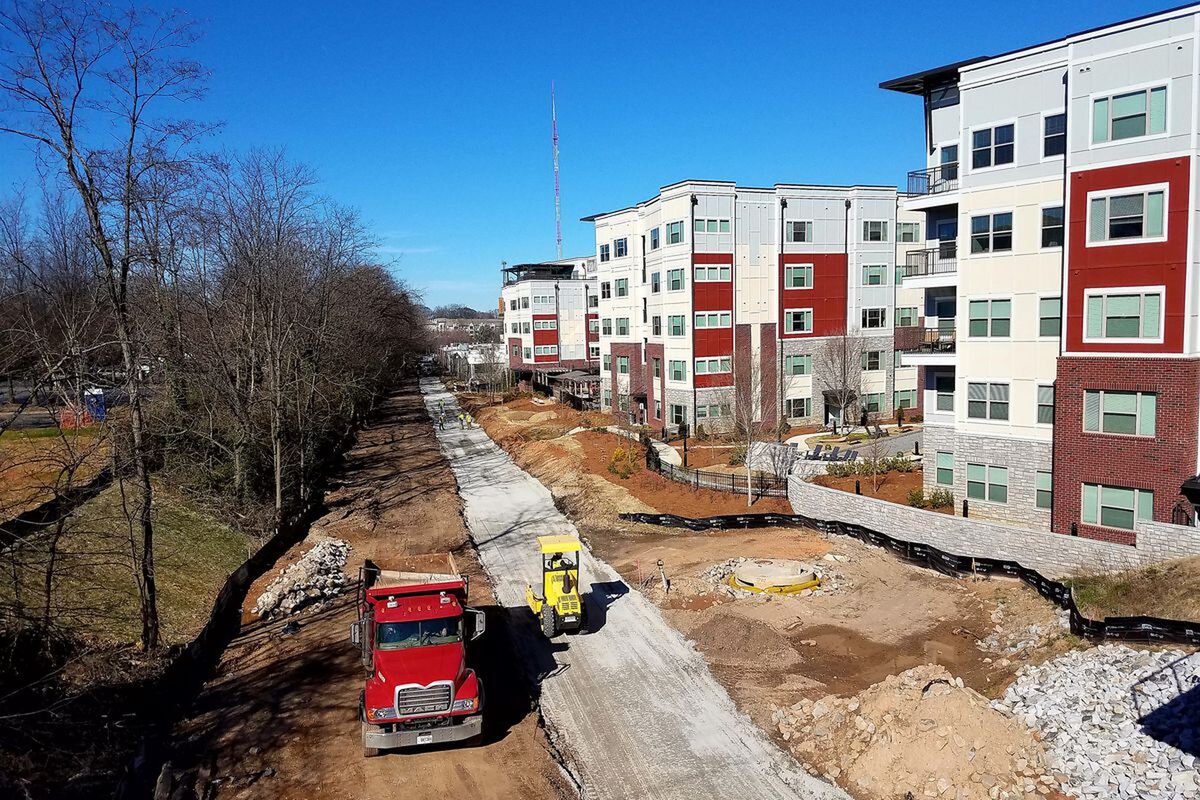

0 thoughts on “What Garden Zone Am I”